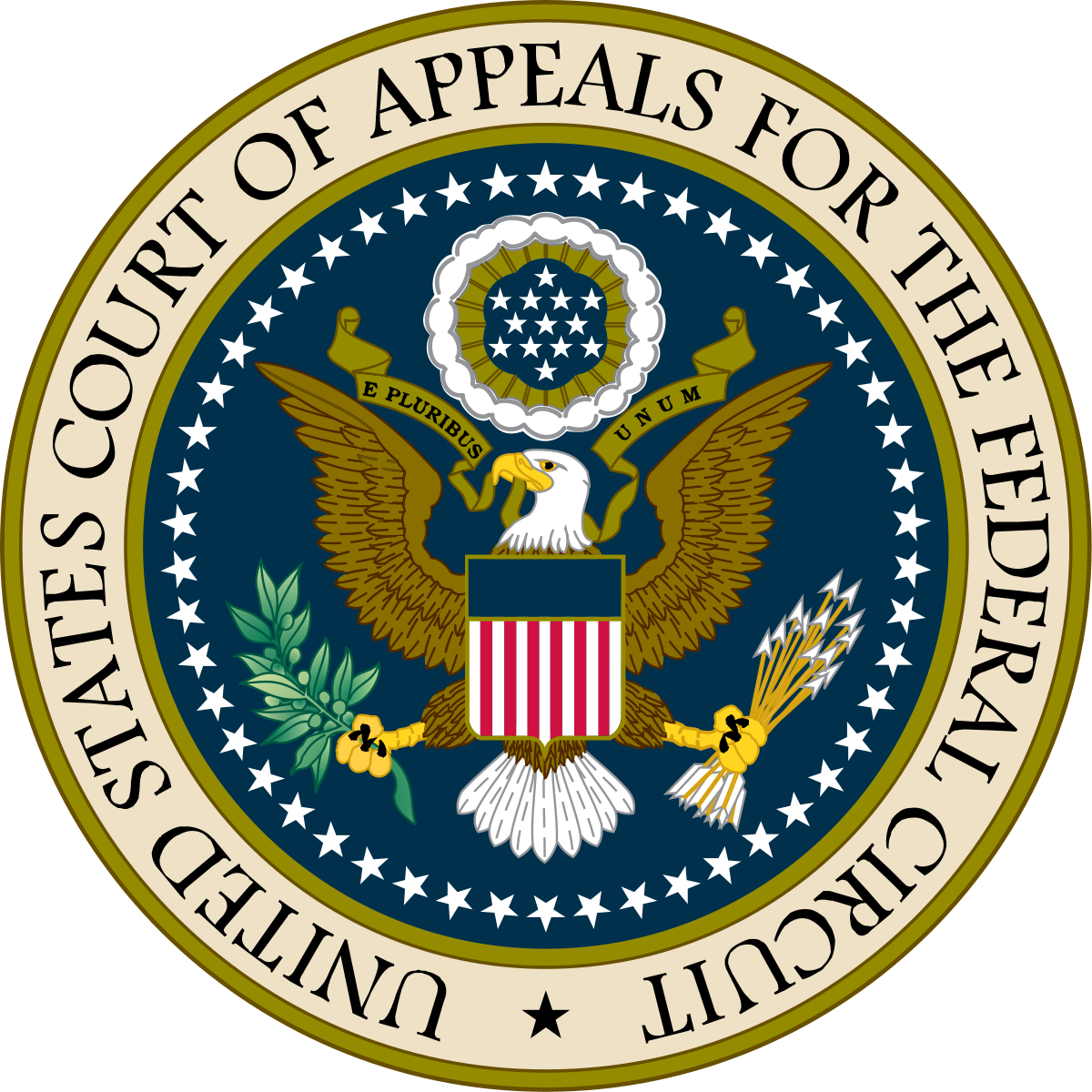It’s really too bad. I cannot figure out a way to make the Federal Circuit decision in Dominion Resources interesting to a normal person, but I feel compelled to write about it anyway, because it is so interesting to me. It is also noteworthy in that it is not all that common for a regulation to be deemed invalid.
Here is the deal. Suppose you borrow some money and use it to buy some land and then get a construction loan and use that to start building a building. Any of the interest that you pay on those loans will not be currently deductible. Instead it will be capitalized as part of the building cost. The interest will continue to be capitalized until the building is “placed in service”.
That’s already too complicated for some people, but lets keep going anyway. You were a real genius when you decided to build this building and it is producing oodles of cash above the debt service. You build up a pile of cash which you use to buy land and build another building. Even though you did not borrow any money for the second project, you might have to start capitalizing interest expense again, because you could have used your cash hoard to pay off the debt incurred on the first project.
Actually implementing this rule for a large company with lots of projects going on and many loans at varying interest rates requires fairly complex regulations. Thanks to this decision a part of those regulations is now invalid. What part you ask ? 1.263A-11(e)(1)(ii)(B). Here was the specific issue:
Dominion provides electric power and natural gas to individuals and businesses. In 1996, it replaced coal burners in two of its plants. When making those improvements, it temporarily removed the units from service — one unit for two months, the other for three months. During that time, Dominion incurred interest on debt unrelated to the improvements.
The parties agree that a certain amount of construction-period interest should be capitalized instead of deducted, but the extent of that capitalization requirement is the essence of this dispute. The parties agree that the Treasury regulation plainly defines production expenditures to include not only the amount spent on the improvement but also the adjusted basis of the entire unit being improved. For simplicity, adjusted basis can be considered as the original cost of the unit. The issue on appeal is whether that latter inclusion of the adjusted basis of the unit violates various statutory provisions. Because the regulation requires a larger base amount (by including the adjusted basis amount), it results in a larger amount of interest to be capitalized. Thus, the practical impact determines how much interest Dominion must capitalize instead of deduct from its taxable income as a result of burner improvements in its power plants.
So the IRS position in the regulations is that when the plant goes off line for improvements, interest attributable to the remaining basis of the whole plant, not just the improvements, is capitalized.
In order to analyze the validity of the regulation, the Court goes through a two-step process. The first step is to determine whether the regulation contradicts the statute. There was a challenge there:
As to Chevron step one, the CFC correctly recognized that the regulation does not contradict the text of the statute but only because the statute is opaque.
Regardless of the definition of “production expenditures,” the statute provides or assumes that sum would have been available to pay down the debt. The conclusion has been assumed in the premises, and therefore the statute iscircular.
Subsection (a)(1) refers to (a)(2) refers to (f)(1) refers to (f)(2) refers to (f)(4)(C) refers back to (a).
Since the statute is not clear, the Court moved on to intent and there found that the regulation missed the point. The amount of interest to be capitalized is supposed to be based on the “avoided cost” principle. If you had not spent the money on the improvement, you could have paid down debt. Taking the plant off line does not free up cash to pay down debt. The Court constructed an illustrative example:
For example, let’s say an owner purchased real property for $100,000 by a loan with a 3% interest rate. A few years later, she made an improvement that cost $5,000. If she had used that $5,000 toward the debt instead of the improvement, she would have avoided accruing $150 in interest ($5,000 multiplied by 3%). The avoided-cost rule requires her to capitalize that $150 in interest. The Treasury regulation, however, requires her to capitalize $3,150 in interest ($100,000 + $5,000 then multiplied by 3%). That result makes no sense, because there is no way that she could have avoided accruing $3,150 in interest by not making the improvement, as she did not expend or incur an amount equal to $105,000 when making the improvement.
If you are one of the possibly scores of people who got through this, congratulations. You may want to read the full text of the case, because there is an interesting dissent.
You can follow me on twitter @peterreillycpa.
Originally published on Forbes.com on June 8th, 2012































































































